and whatever else flies in front of my camera. . .
I have been taking photographs most of my life, including many years as a wedding photographer. In addition, I have always enjoyed photographing nature and in 2022, I was finally able to devote enough time to begin seriously photographing birds in the Thousand Islands. I try to venture out a few times a week, depending on the weather. Climbing into my old Lyman outboard at dawn with my dog Luna is a wonderful way to start the day. Amazingly, Luna settles down and does not seem to scare the birds away.
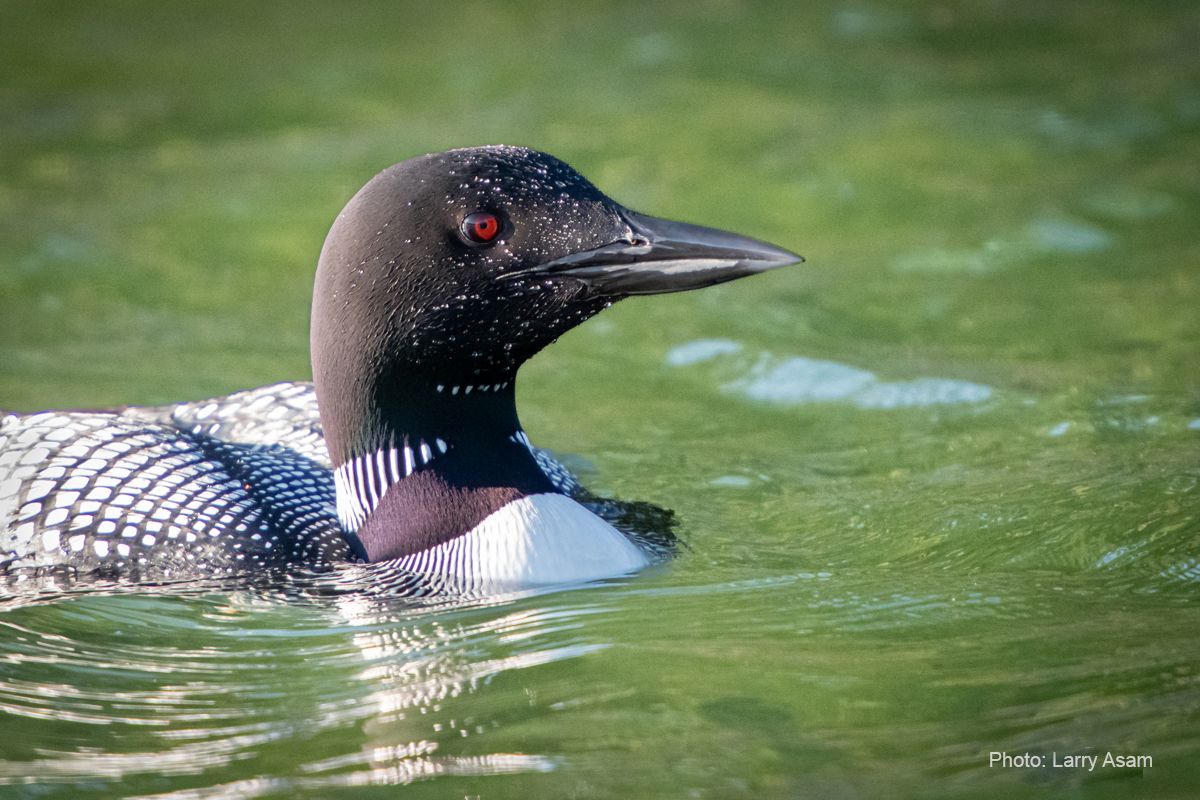
So often it seems like I’m not going to capture anything interesting. Then, out of nowhere, a loon might surface nearby. Making a wide turn, I maneuver to get up wind so that the boat will drift closer, and with a little luck, the loon will swim over to me. Once one swam underneath the boat. I was not ready and missed the shot, but I remember how elongated it looked while swimming underwater. Sometimes it feels like I am setting up a still life image and a moment later, I am photographing an action-packed scene.
That is where it takes discipline not to get excited and follow the birds too closely. It is a challenging balance to strike. I’m on a quest to get some loon photos with unusual lighting, while remaining aware that birds need space. With all of this in mind, you need to be ready for the unexpected. Like this swan image – it happened so fast. The swan flew in from my left. It was in full sun, flying against a dark background. Soon after, a loon swam close by.
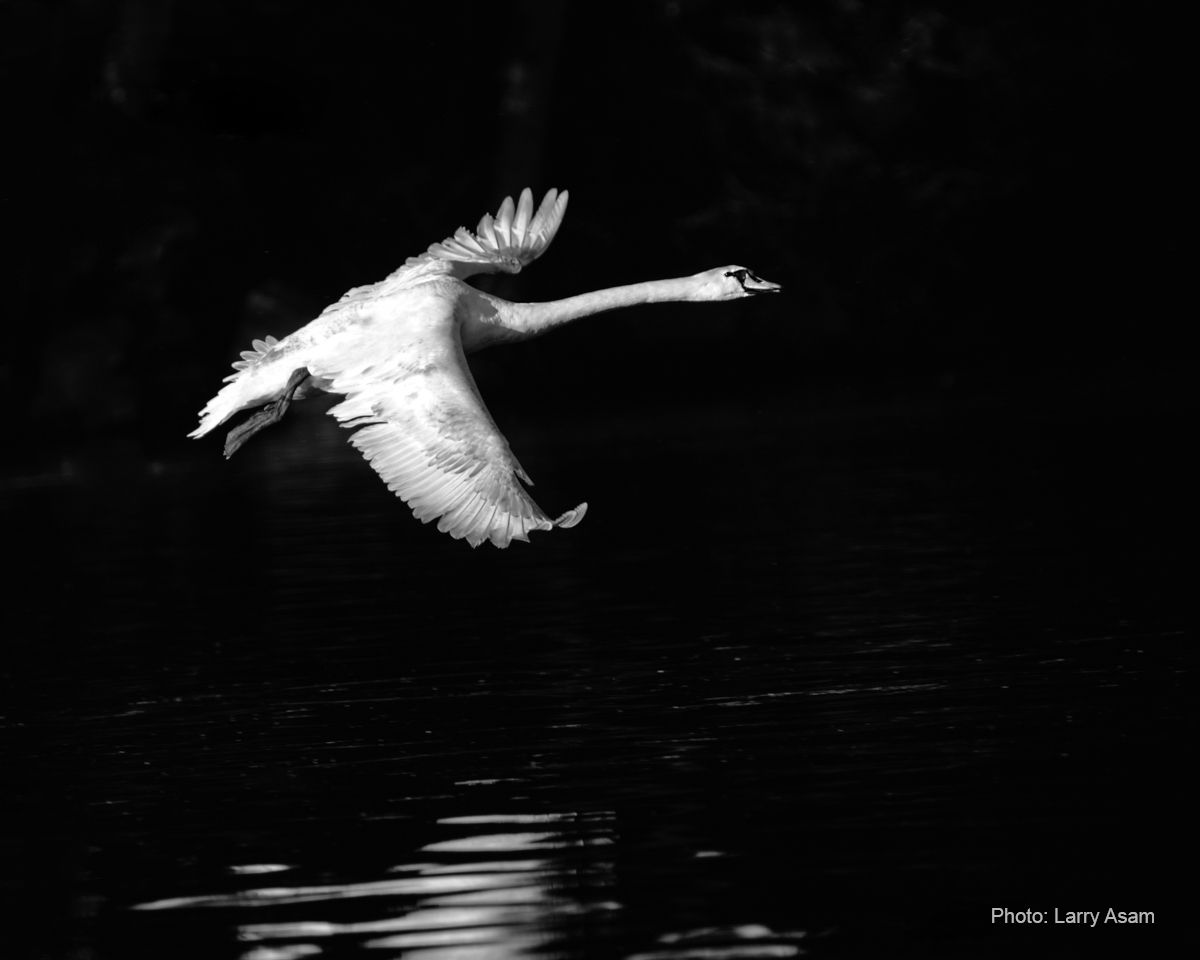
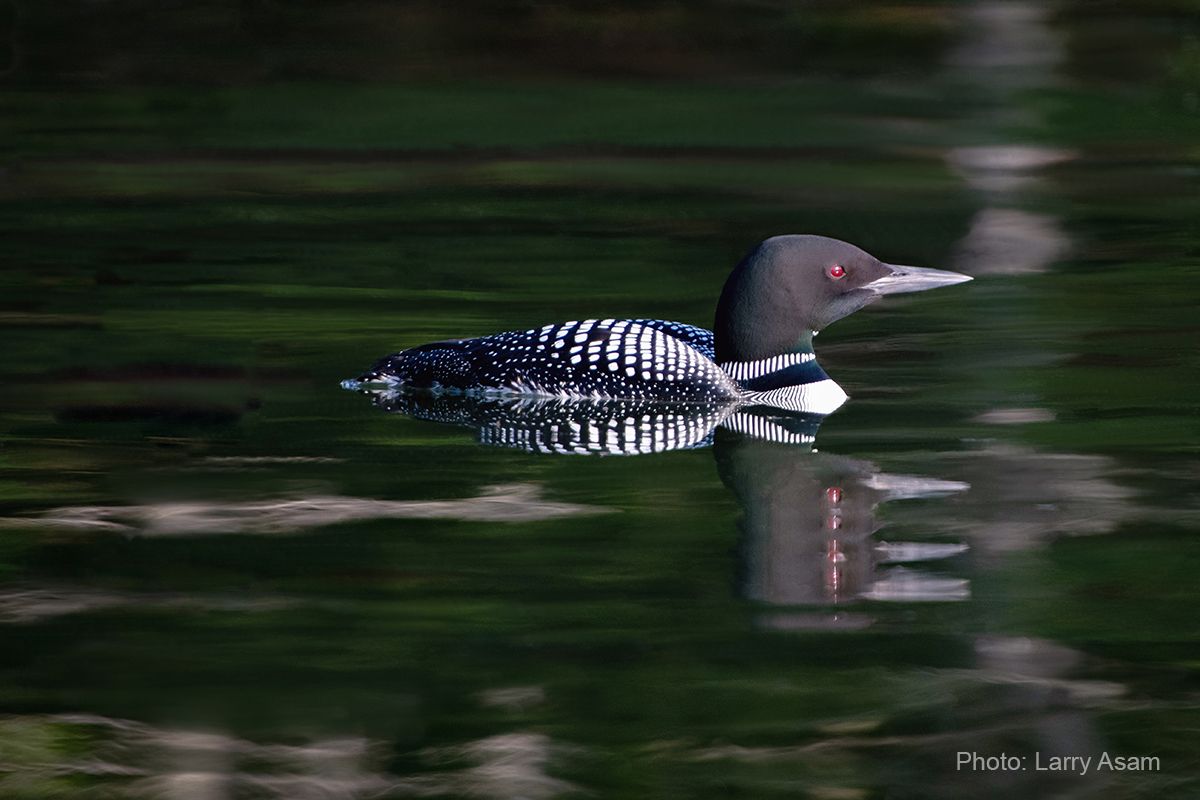
Another time, while there was minimal bird activity, I noticed something white along the shoreline – maybe a merganser? It was an eagle – it took off and flew directly in front of me before perching nearby.
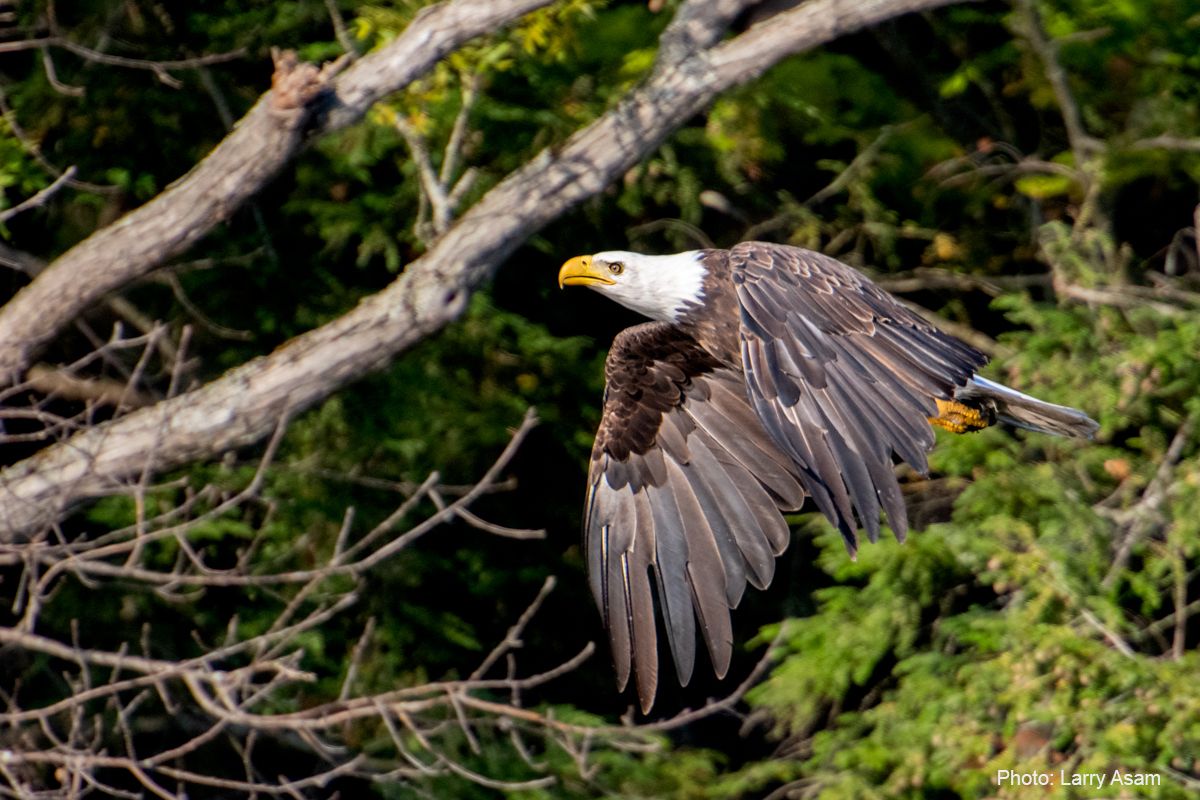

Ethical bird photography:
It is all too easy to put the desire for a good photograph ahead of the birds’ wellbeing. Many birds, including loons and eagles, will abandon their nest if they experience too much stress. I make it a practice not to photograph nesting birds, leaving that to more knowledgeable birders with larger telephoto lenses.
The loon learning curve has been very interesting. Google Loons Nature Canada or visit: www.loon.org, for excellent information. The loons’ calls and body language are strong indicators of their stress. A relaxed loon has a moderate to gently sloping forehead. As they get anxious, the forehead becomes more angular. Other signs of stress are an extended neck, frantic flapping of the wings, and a compressed posture while floating low in the water.
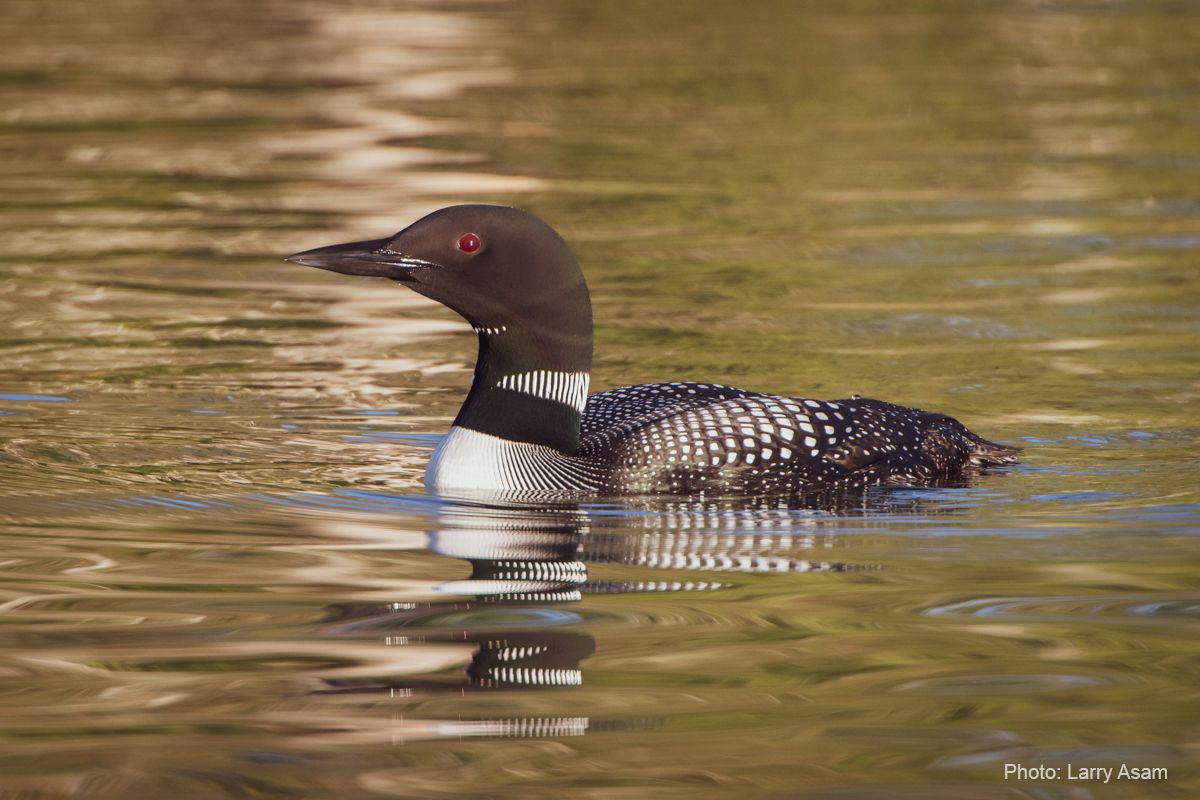
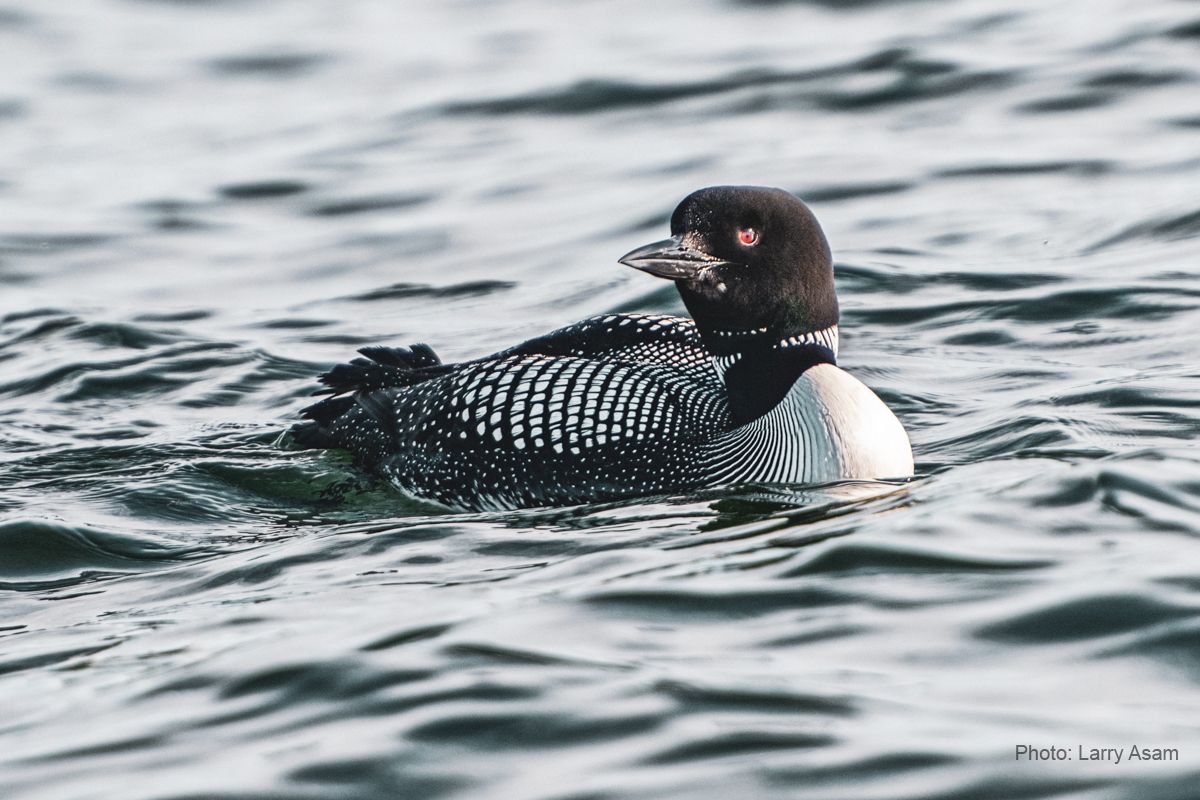
The technical aspect:
For good bird photos, you need low angle sunlight. A cloudy bright morning will also yield a nice result. Bright light is needed to use high enough shutter speeds in order to reduce motion blur that is magnified by a telephoto lens. About 100th of a second for each hundred millimeters of lens. For a 400-millimeter lens this means a 400th of a second shutter speed. That speed works if the bird stays still. If it’s moving, 1000th of a second stops most large bird action.
For smaller, faster birds I use higher shutter speeds. As the shutter speeds go up, more light needs to pass through the lens aperture (the adjustable lens opening). As the aperture is opened wider, the depth of field (the area that will be in focus) gets narrower. The other variable is the ISO setting (think of it as the camera’s sensitivity to light). Higher ISO settings allow for faster shutter speeds and smaller aperture settings. BUT, then image quality goes down due to increased “noise” or in the film days it was called grain. Lately, my default setting is F8 at 1000th of a second, with ISO set to auto. This way, the ISO adjusts to allow for the fast shutter speed and a reasonable depth of field.
Photoshop:
I use photoshop to focus attention on the birds, starting with adjusting the exposure and cropping the photo to obtain more impact. Next, I check the background and remove distractions that pull the viewer’s eye from the subject.
Now it's your turn. Get your camera out and capture some images of the fantastic birds that visit us every year. Remember - enter the 2023 TI Life photo contest! It's all great fun.
Here are a few more of my favorite images:
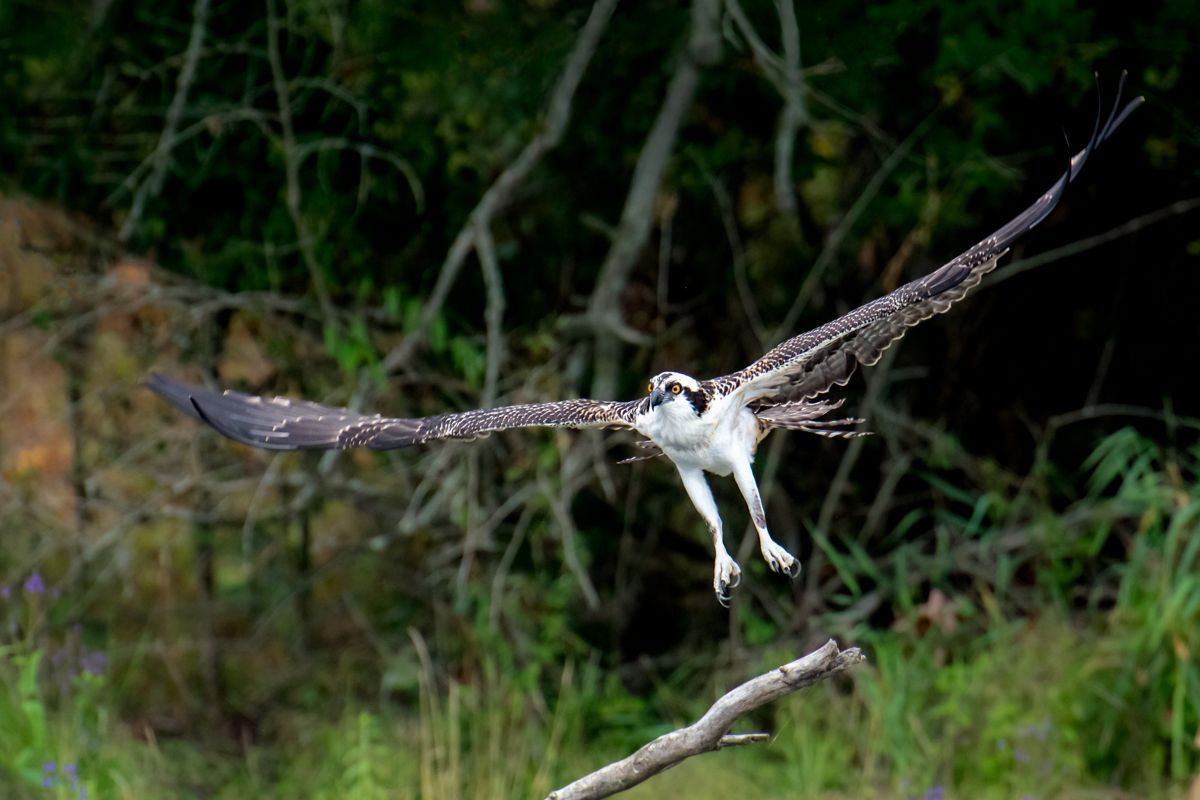
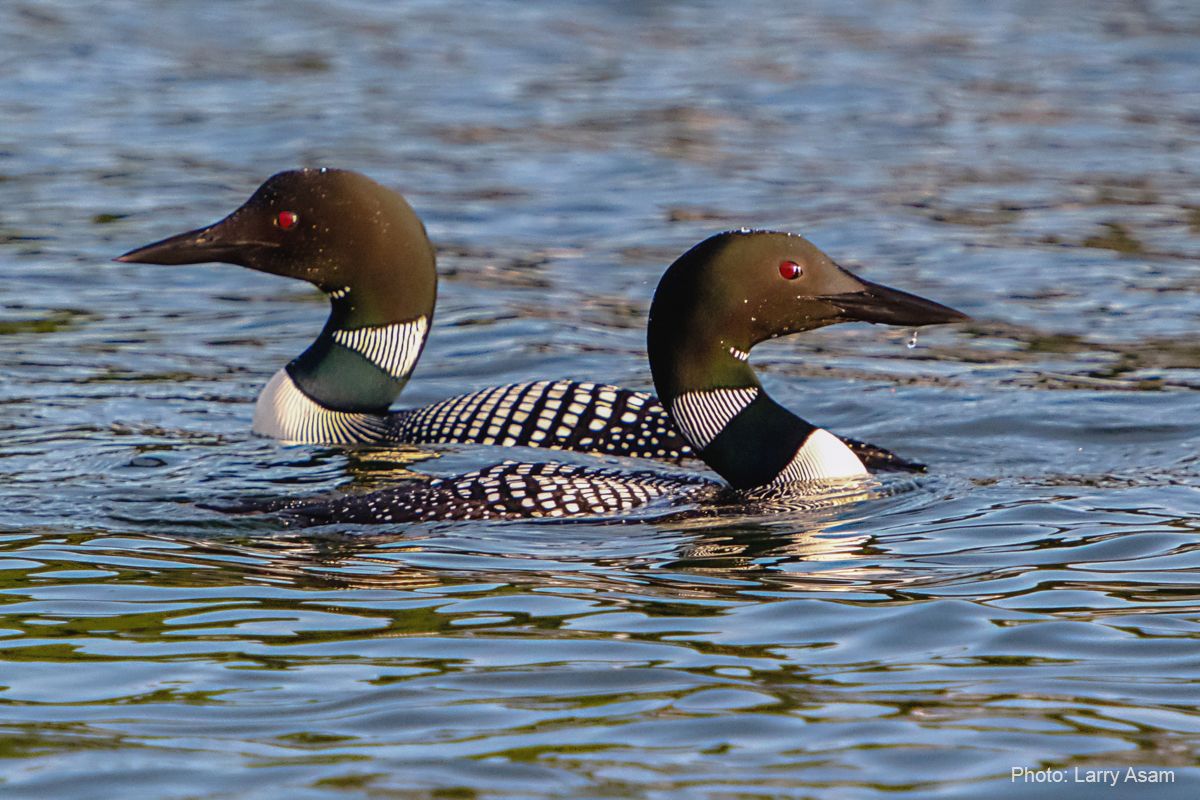
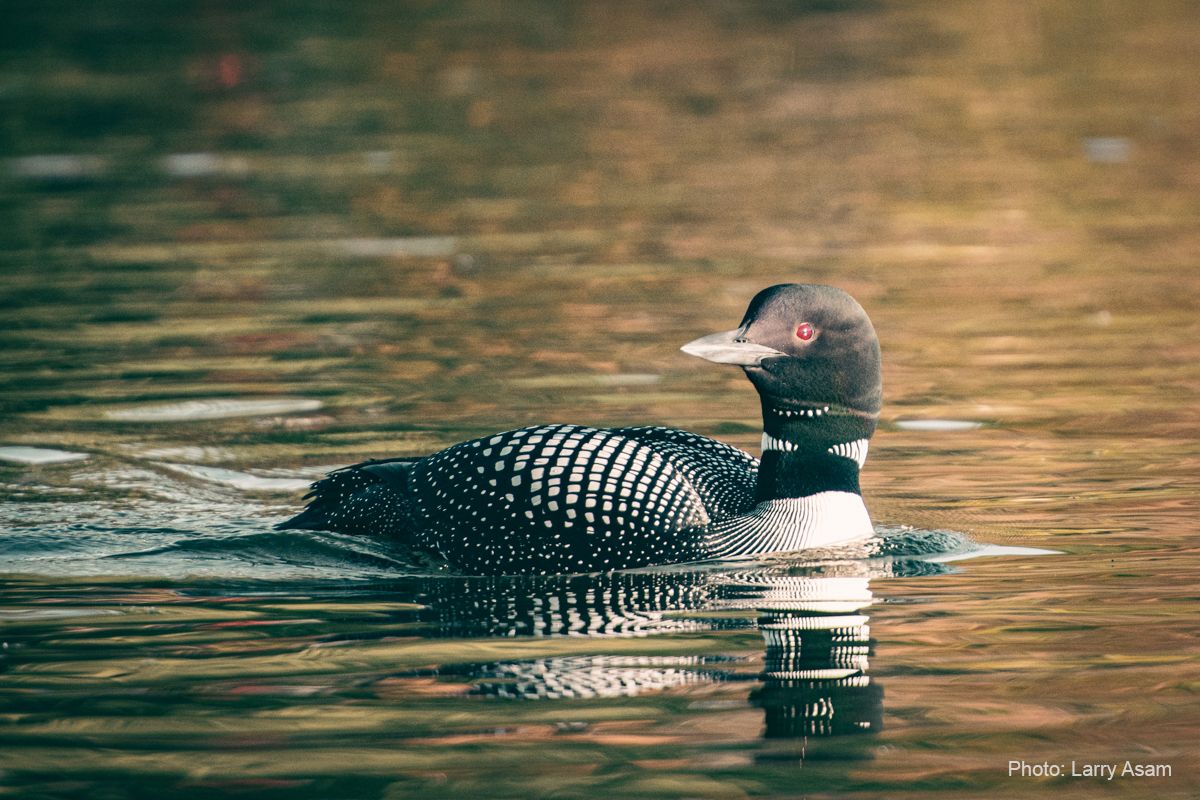
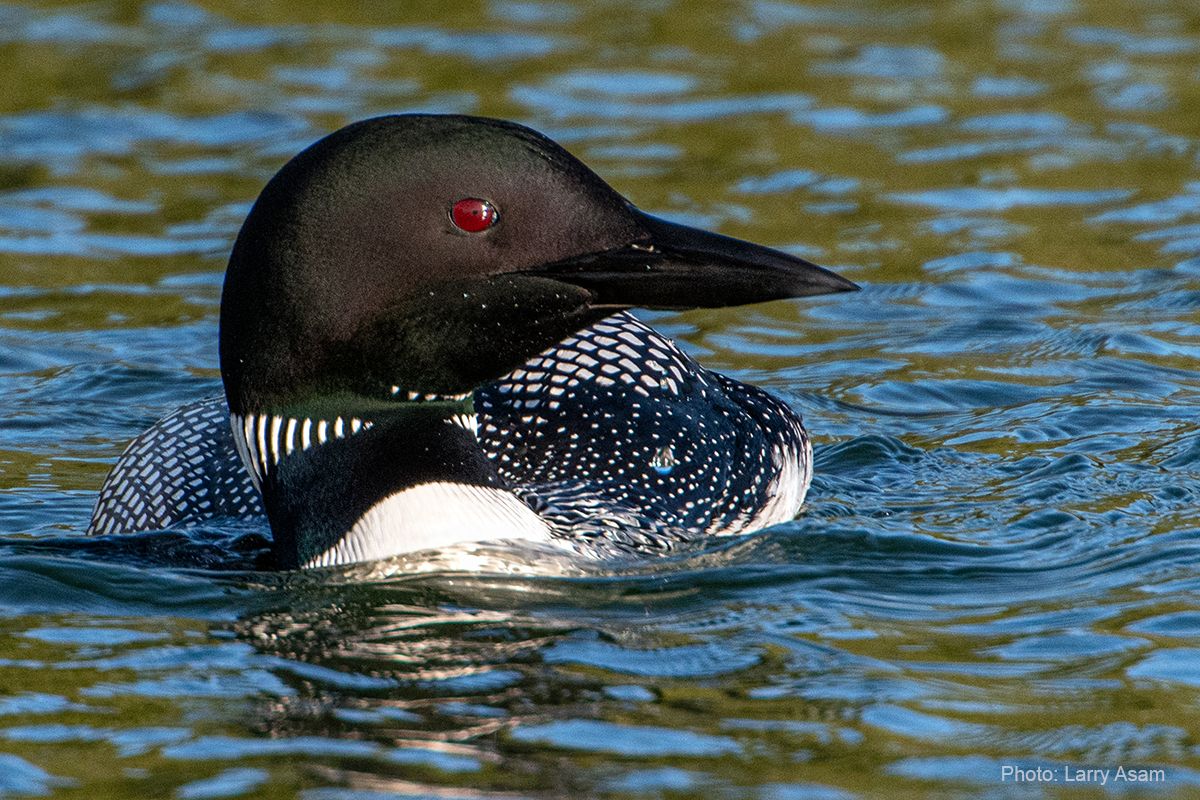
[Editor's note: Thanks Larry, everyone loves hearing the loons on the River. They were one of Ian Coristine's favourites and I know he would be pleased to see this article. Also, the late Martin Zonnenburg would appreicate your lessons. He once told me the most important thing for a River photographer to have is patience... you proved it right here.]
Posted in: Volume 18, Issue 6, June 2023, Nature, Photography
Please click here if you are unable to post your comment.
